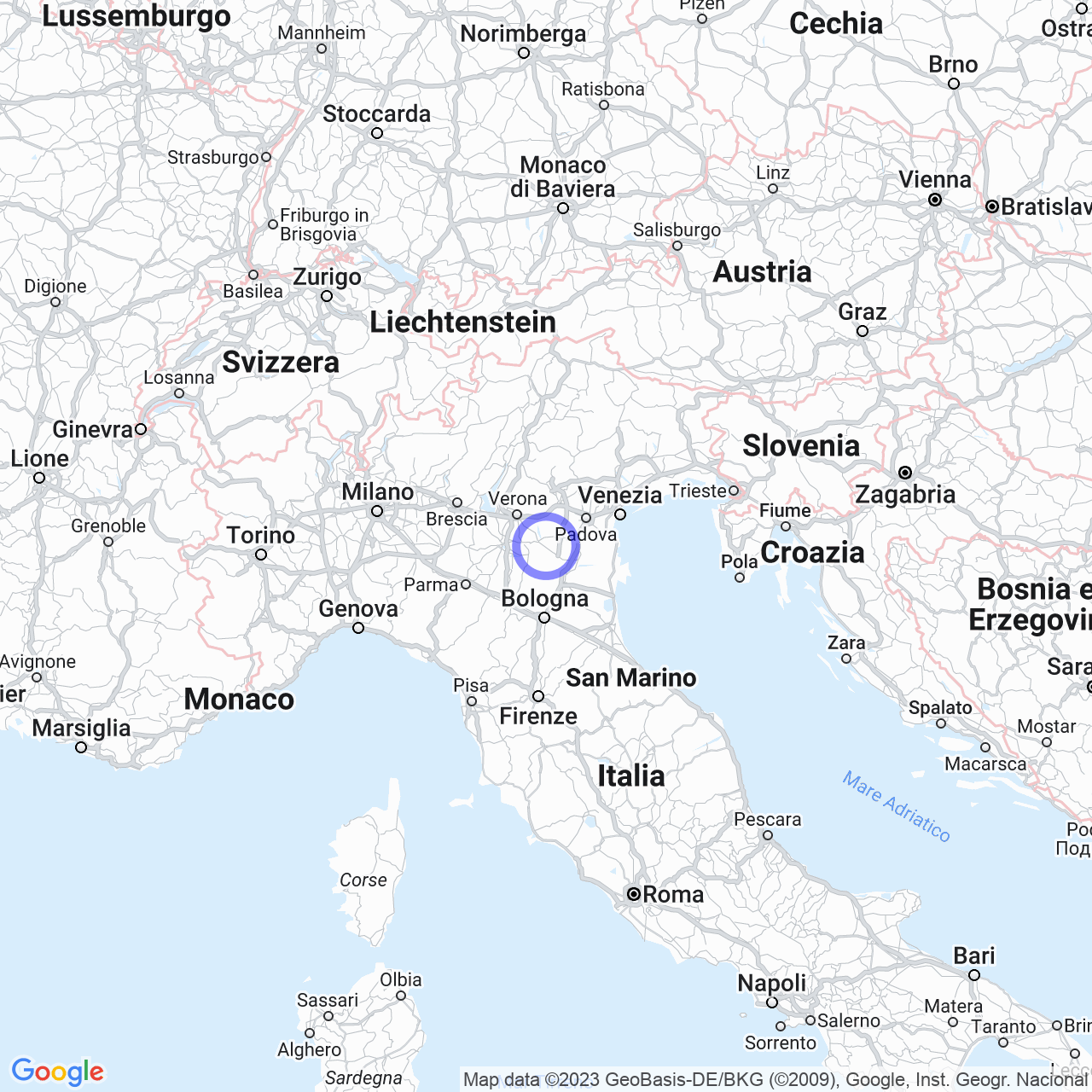Villa Bartolomea
Welcome to Villa Bartolomea!
Hello everyone! Today we will talk about Villa Bartolomea, a municipality in the province of Verona, in the Veneto region. With just over 5,000 inhabitants, it is a quiet and welcoming place, surrounded by the beautiful Valli Grandi Veronesi and crossed by the river Adige. Are you ready to learn more about this beautiful town?
Physical geography
From a geographical point of view, Villa Bartolomea is located 45 kilometers from Verona, in the southeast direction of the capital city. It is the last municipality before the province of Rovigo along the course of the Adige river. Most of the municipal territory is occupied by the Valli Grandi Veronesi, while the inhabited centers of Villa Bartolomea, Spinimbecco, and Carpi are located near the river. The hamlet of San Zeno in Valle is situated on the southern border of the municipality, near the Tartaro-Canalbianco-Po di Levante river and the Emissary Canal. The area was long threatened by marshes, but thanks to land reclamation it has become a fertile agricultural land.

History
The history of Villa Bartolomea is very ancient, dating back to the Bronze Age, when the area was inhabited by Paleoveneti and Etruscans. The first official mention of the municipality dates back to the 11th century with the name of "Villa Cervionus". In the Middle Ages, Villa Bartolomea remained under the dominion of the Della Scala and then of the Republic of Venice until 1797. In the 15th century, the lands of the municipality were assigned as fiefdom to the condottiere Niccolò Terzi the Elder and to the hamlets of Carpi d'Adige and Spinimbecco to the Count of Sanguinetto, Luigi Dal Verme. After the confiscation of the fiefdom, it passed to the Barbarigo family. In 1409, Villa Bartolomea became the refuge of Ottobuono de' Terzi's widow, Francesca da Fogliano, who fled from Parma with her children to seek the protection of the Republic of Venice.
Culture and traditions
The traditions of Villa Bartolomea are closely linked to its history and geographic location. For example, the Festa della Polenta, held every year in September, celebrates the main food base of the past: polenta, which was made with the corn cultivated in the surrounding area. Also, the patron saint festival of San Bartolomeo celebrates the rich religious tradition of the town.
What to see in Villa Bartolomea
Despite its quiet and rural location, Villa Bartolomea offers many attractions for visitors. The historic center of the town is rich in historic buildings, including the parish church dedicated to St. Bartholomew, dating back to the 18th century. Spinimbecco hamlet is also interesting to visit, with its charming town square and the church of Santa Maria Assunta. But the main beauty of Villa Bartolomea is the Valli Grandi Veronesi, with their breathtaking landscapes and their rich fauna and flora.
Economy
The economy of Villa Bartolomea is mainly based on agriculture, particularly the cultivation of cereals, corn, and vegetables. But the town is also an important center of production of ceramic products, especially tiles and bricks. Furthermore, the development of tourism is becoming increasingly important for the local economy, thanks to the natural beauty of the territory and the numerous outdoor activities.
Conclusions
We have come to the end of our journey to discover Villa Bartolomea. I hope I have made you better acquainted with this beautiful town and intrigued you enough to make you want to visit it. Villa Bartolomea is an authentic place, with a unique atmosphere and a very interesting historical past. Come and discover it!
